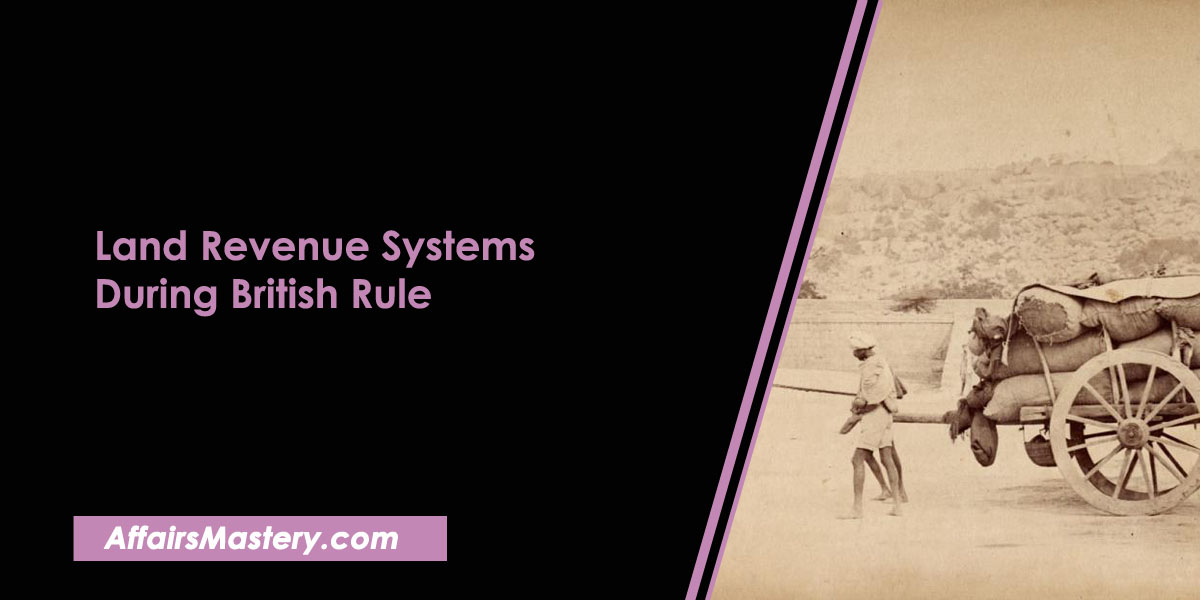Cabinet Mission Plan, 1946 – About, Main Points (Important Short Notes)
Cabinet Mission Plan, 1946. The Cabinet Mission Plan held talks with the representatives from both the Indian National Congress and Muslim League. On May 16, 1946 the Cabinet Mission Plan published their own proposals in a state paper. Important Short note for various exams.
From the perspective of an examination like Civil services, State exams, SSC, Banking, Railways and any other One Day exam, all the necessary facts and information are listed below.
Table of Contents
About
- At the initiative of Clement Attlee, a mission consisting of Lord Pethick-Lawrence, Sir Stafford Cripps and A. V. Alexander was sent to India in 1946.
- Mission held talks between the two largest political parties, Indian National Congress and All-India Muslim League.
Main points of the plan
- There was a rejection of the demand for full-fledged Pakistan, instead, there shall be a Union of India, including both the British India, and the Indian States, which should deal with the following subjects: Foreign Affairs, Defense and Communications and should have the power necessary to raise the finances required for the above subject.
- Communal questions in the central legislature were to be decided by a simple majority of both communities present and voting.
- Provinces to have full autonomy and residual powers.
- Provinces should be free to form groups with executives and legislatures with other provinces.
- After the general elections,a province was to be free to come out of a group and after 10 years, a province was to be free to call for reconsideration of the group or the union constitution.
- The Constituent assembly was to be elected by provincial assemblies by proportional representation groups.
- Princely states will nominate their representatives.
- The representatives of the British Indian Provinces were to be elected by each Provincial Legislative Assembly community wise, through proportional representation by a single transferable vote.
- Provincial representatives will be divided into three sections A, B, C and these sections will sit separately to create the constitution for provinces and if possible for groups also.
- Mission proposed to set up an Interim Government of 14 members representing major political parties which will hold all portfolios including ‘War’.
- Neither Great Britain nor new government will have paramountcy over princely states.
- The Advisory Committee on the rights of citizens, minorities and tribal and excluded areas was to give dure representation to the interests affected and report to the Constituent Assembly.
- India will have an option to come out of membership of the Commonwealth of Nations.
Response to the plan
- Congress Working Committee officially did not accept the plan.
- However, committee decided that the Congress should join the proposed Constituent Assembly with a view to frame the Constitution.
- Jinnah announced that his party would not participate in the process to form the Constituent Assembly.
If you find our content helpful and interesting, please consider joining us on Telegram @affairsmastery_official to show your support. We would really appreciate it!
Related articles
- Important Battles in Indian History
- Important treaties in Indian history
- List of Foreign Travellers who came to India
- List of Governor General of India and Viceroy of India
- Robert Clive – Important Short Notes for Exams
- Warren Hastings – Important Short Notes for Exams
- Lord William Bentinck – Important Short Notes for Exams
- Lord Canning – Important Short Notes for Exams
- Lord Mountbatten – Important Short Notes for Exams
- C. Rajagopalachari – Important Short Notes for Exams
- Lord Wavell – Important Short Notes for Exams
- Lord Linlithgow – Important Short Notes for Exams
- Lord Willingdon – Important Short Notes for Exams
- Non Cooperation Movement (1919-1922)
- Important Personalities related to Social Movements of India
- List of Important Books on Revolt of 1857 and their Author
- Important Leaders of 1857 Revolt and their places
- Constituent Assembly of India and its Composition: Important Short Notes
- Important Tribal Movements in India
- Direct Action Day 1946: Important Short Notes for Exams
- Interim Government of India, 1946 and its members
- Important Socio Religious Reform Movements in India – Short Notes
- Khilafat Movement (1919-1924) – Important Short Notes for exams
- Lucknow Pact, 1916 – About, Features, Outcome (Important Short Notes)
- C R Formula or Rajaji Formula, 1944 – About, Main Points (Important Short Notes)
- Wavell Plan, 1945 – About, Main Points (Important Short Notes)









